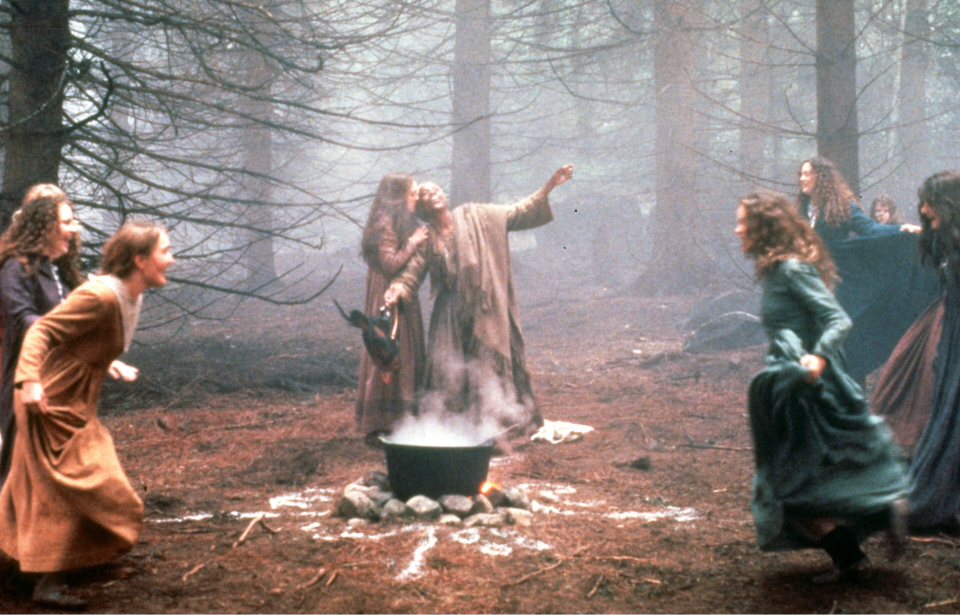The Salem Witch Trials are remembered for being one of the most chaotic times in the colonial United States. During the trials, much of the northeastern part of the colonies was whipped into a frenzy of fear and paranoia, thanks to the Puritan ideals of the time. There were suspicions of witchcraft and devil worship, both of which were punishable by death under Puritan practices.
The fuel for the firestorm rested, in part, on Tituba, an enslaved woman owned by Samuel Parris.
Tituba’s early life is shrouded in mystery
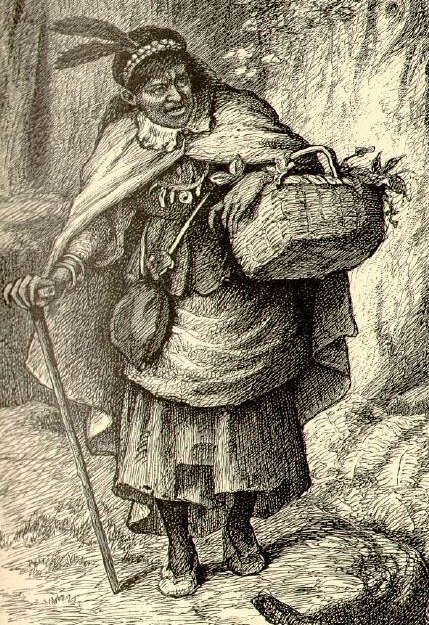
Much is unknown of Tituba’s early life. However, historians generally agree she was the child of an Indigenous tribe in either Central or South America, possibly even Barbados. At some point, she was enslaved and sold to the Thompson plantation in Barbados, where she became a family cook.
Following the death of the plantation‘s owner, Tituba fell under the purview of Samuel Parris, who brought her to Massachusetts in 1680. Her part in the subsequent witch trials was pivotal, as she was one of the first people to be accused of witchcraft, and her testimony provided the basis for everything that came after.
First woman accused of witchcraft in Salem
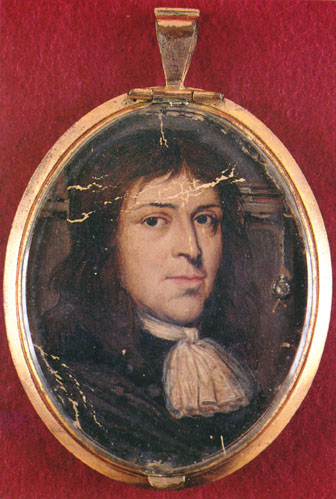
In 1689, Samuel Parris became the minister of Salem Village and moved his family there. Tituba went with them and spent her time taking care of his children. She was particularly close with nine-year-old Elizabeth, who went by Betty.
Early in 1692, Betty and her cousin, Abigail Williams, began experiencing fits and pain. They also inexplicably went missing for periods of time. With no medical explanation as to why this was happening to the children, doctors claimed they must have been hexed by witches.
The girls accused Tituba and two other women, social outcasts Sarah Good and Sarah Osborne, of being witches because they saw the women in their minds while having hallucinations. This was accepted by the courts of the time as spectral evidence, which was considered solid proof of witchcraft.
Providing testimony about witchcraft
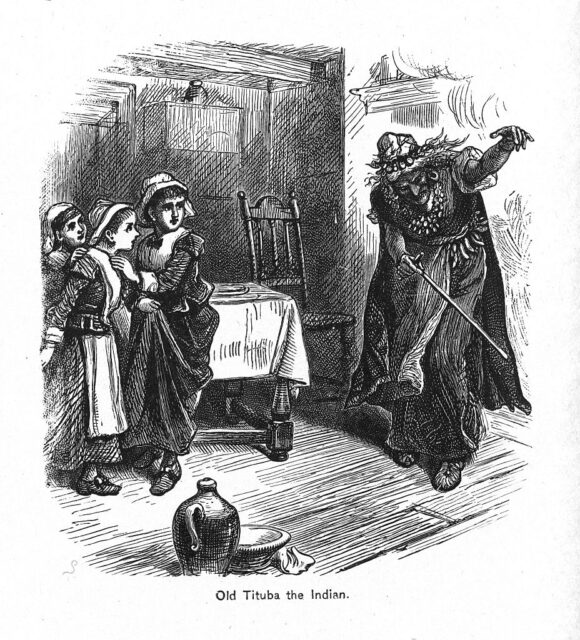
During interrogations, Sarah Good and Sarah Osborne vehemently denied the charges against them, but they weren’t prepared for what was to come. Tituba took center stage and gave colorful testimony, in which she claimed the devil had come to hurt the children. Not only that, but he had accomplices: the two women who also stood accused.
There is a report of her testimony that quotes Tituba as saying, “Sarah Good and Osburne would have me hurt the children but I would not…no there is 4 women and one man they hurt the children and then lay all upon me and they tell me if I will not hurt the children they will hurt me.”
Even though she didn’t have an education, Tituba was able to put enough emotion into her testimony to sway the people of Salem, sowing the seeds for suspicion.
Tituba expanded her testimony to include more ‘conspirators’
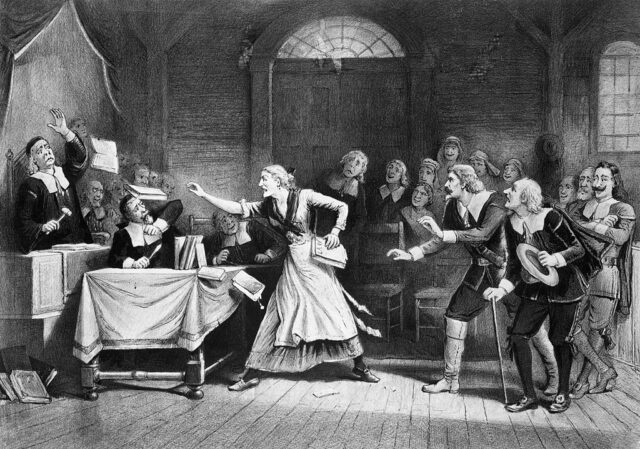
Quickly, Tituba’s story expanded. She went from having two conspirators to four, nine and all the way up to almost 500. Every time she was interrogated, her story evolved, making herself ever more valuable to the courts.
Her testimony held descriptions of abnormal creatures that stood alongside of the devil. She also talked about a book filled with the names of people who’d made pacts with the devil and, according to the Smithsonian, “while there were many marks in the book, she could not decipher names other than those of the two women already under arrest.”
This vagueness meant Tituba could expand her story to encompass anyone she needed and, by the end of the trials, 19 men and women had been hanged for witchcraft, with another 5 perishing while imprisoned. Tituba herself was placed in prison, with her claims allowing attention to be diverted from her, so that she could escape – or, at least, postpone – the death penalty.
While Tituba was imprisoned, many people came forward to confess their sins, using pieces of her testimony to add credibility to their own.
Tituba tried to take back her confession
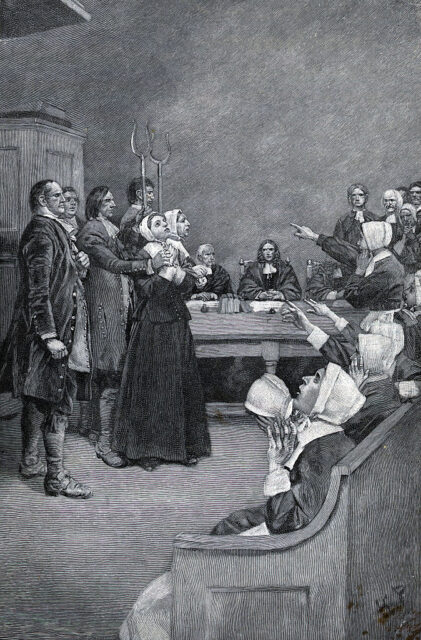
In the end, Tituba attempted to take her confession back, saying she’d given her testimony because Samuel Parris had beaten her and told her to provide the false claims. When she was put on trial for dealing with the devil, the jury decided not to convict her, and her prison fines were paid by an unknown benefactor, with whom she presumably left the area.
More from us: Historical Facts That Sound Made Up, But Are Actually True
Nothing more is known of Tituba’s life afterward, but her part in history continues to be fodder for creative minds.
